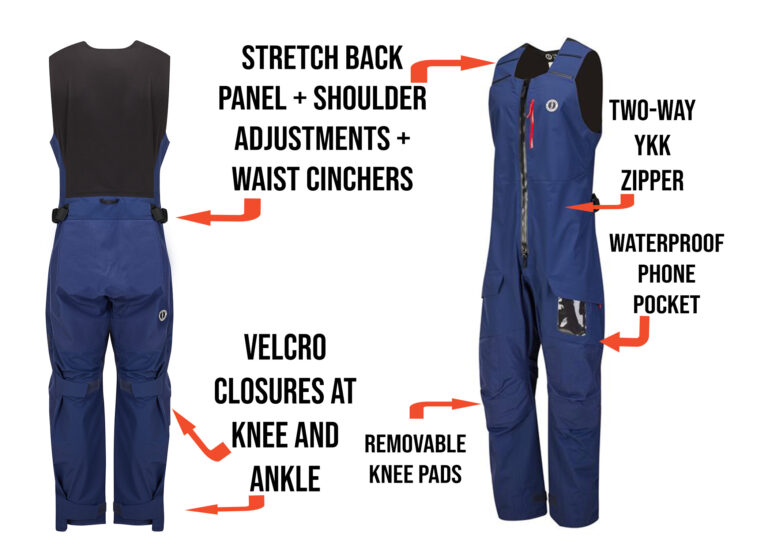True to Emirates Team New Zealand’s to ethos of shunning fanfare, on the early afternoon of April 12, the team pulled their latest AC75 from its shed and got straight to work setting the rig, launching it and sailing it well into dusk. Just a typical workday for the America’s Cup defenders, but with the revelation of an atypical 75-footer that will soon be bound for Barcelona to join the fleet for the 37th America’s Cup and the Louis Vuitton Preliminary Regatta in August.
While painted in the similar scheme of its previous AC75, Te Rehutai, the outward design differences of Boat 3, are “very noticeable” reported AC recon on site for the launch. At first look, Boat 3’s bustle is far more pronounced and deeper than Te Rehutai, from bow to stern, and the dramatically curved hull shape appears to put volume further outboard to accommodate defined crew pods. Unlike the high cockpit wall of Alinghi Red Bull Racing’s first AC75, which was revealed this week, that of ETNZ’s Boat 3 is long and tapered toward to the transom scoop housing the complex and critical mainsheet traveler system.


With four crew pods per side, the configuration of Emirates Team New Zealand has the cyclors positioned behind the driver and flight controllers/trimmers. The crews sit low in their pods, out of the airstream with only their helmeted heads exposed and the cyclor pods appear to be longer, allowing for the traditional head-down, hammer down posture of cyclists putting out their best wattage. Between the pods, Lidar posts jut outboard from sculpted fairings, indicating these will be permanent fixtures for three-dimensional shape scanning of either sails, structures, windspeed and direction or sea state.

With a late start, the Boat was towed to its regular waters known as the Back Paddock where sails (or mainsail skins) were loaded onboard and raised. America’s Cup recon reported and video confirms that the boat had “a controlled speed build and takeoff,” with three tacks completed in approximately 10 minutes of sailing.
Back ashore, helmsman Peter Burling shared his thoughts on the team’s “pretty aggressive design.”

“It was pretty incredible to be able to sheet on and just do a few foiling tacks straight off the off the bat,” Burling said. “It felt really good. It felt quite like we predicted it to, which is always nice.”









